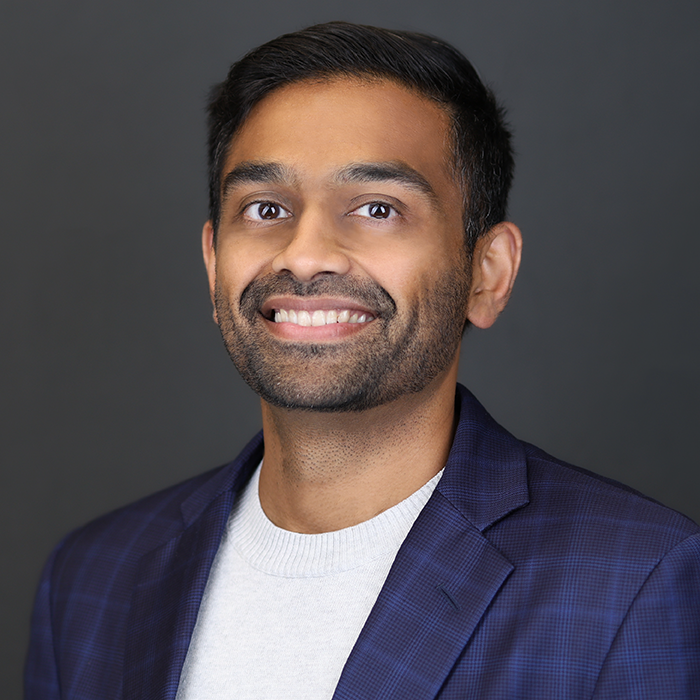
Shriji Patel
The demand for ophthalmologists’ services has never been greater; we play a critical role in addressing the increasing prevalence of vision-threatening conditions and an aging patient population. The quality of the care we deliver – and the profound impact we have on patients’ lives – undoubtedly contributes to the low rates of depression that affect ophthalmologists compared with other medical specialities (1). However, our ability to continue providing these vision-saving therapies will not keep up with the exponential demand we are now faced with. At the current trajectory, there will be a projected 30 percent shortage of ophthalmologists in the US, relative to demand, by 2035 (2).
This shortage is expected to have significant implications for patients and providers, especially considering the existing geographic disparities that are anticipated to worsen over time. Part of the problem lies in the differences between metropolitan and rural locales. By 2035, it is projected that metro areas will have 77 percent workforce adequacy, compared with only 29 percent workforce adequacy in non-metro geographies. Ophthalmology, as it stands, is also projected to have one of the lowest rates of workforce adequacy by 2035 – ranking 37th out of 38 medical professions.
Eye care services are provided by a spectrum of professionals, including optometrists, opticians, and ophthalmic technicians. However, the care provided by ophthalmologists, especially for the most devastating vision-threatening conditions, is non-fungible. It takes years of specialized training to perform ophthalmologic interventions reliably and successfully.
So what is the solution? The necessity for training pipelines and graduate medical education programs to undermine the looming demand-supply mismatch is clear. Currently, we suffer from a steady decrease in the supply of ophthalmologists compared with demand for eye care services. Reevaluation and an expansion of training opportunities, in this case, will be essential to ensuring we have an adequate workforce in the future.
Targeted strategies that can attract and retain ophthalmologists in underserved rural areas, where access to eye care is already limited, will be key. Indeed, as an industry, there is little to suggest anything other than a proactive approach will be essential to mitigate the impact on patient care and continued access to invaluable eye health services.
In my opinion, it will take a multi-faceted approach to address our workforce challenges. Ophthalmologists have been incredibly ingenious and inventive at meeting public health demands and being more efficient over the years. Continued innovation in providing high-quality vision-saving therapies with maximized efficiency will be critical. Policymakers, healthcare institutions, educational organizations, and professional associations all have a role to play. Indeed, it is essential that these major stakeholders develop and implement effective strategies that can support eyecare delivery in the future. By coming together and taking proactive steps now, we can work towards a world in which as many patients as possible have access to high-quality ophthalmologic eye care services when – and where – they need them.
References
- “Top 10 physician specialties with the highest rates of depression,” American Medical Association, February 20, 2024.
- ST Berkowitz et al., “Ophthalmology Workforce Projections in the United States, 2020 to 2035,” Ophthalmology, 131, 2 (2024). PMID: 37739231.
